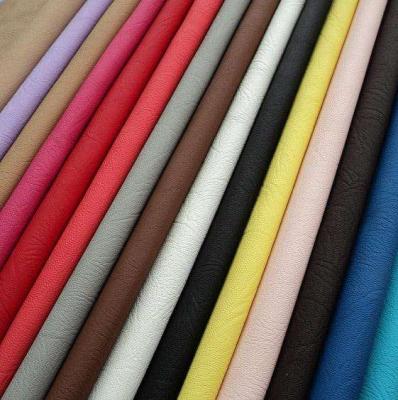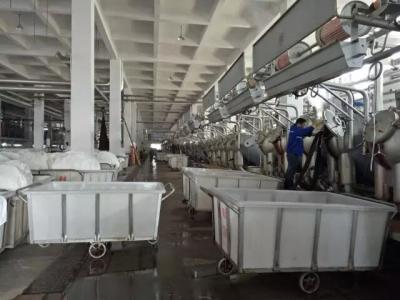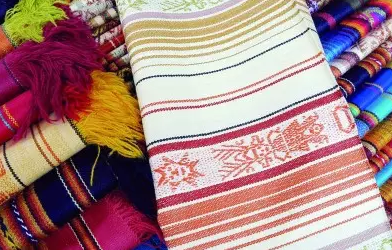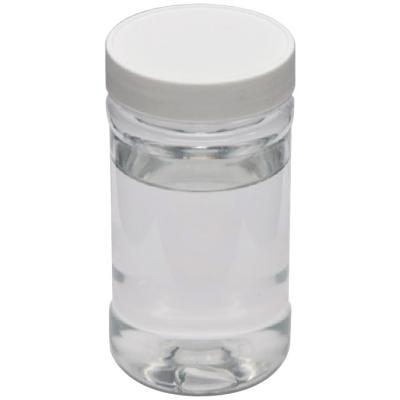1. Alkalinity Problem:
In the pretreatment of cotton fabric, high concentration of alkali is usually used to remove fabric impurities (especially the amount of mercerizing alkali is larger). Alkali is not easy to clean when entering the fiber. Alkali should be added when dyeing (reactive vat dyes), so the cloth surface may be alkaline when finishing. Chemical fiber fabrics have to be reduced and cleaned after dyeing. At present, the printing and dyeing factories are still using sodium hydrosulfite and caustic soda to clean them. If the subsequent cleaning is not thorough, it will also cause alkali on the cloth surface during the softening treatment. Ordinary silicone oil is not resistant to alkali. Demulsification will occur under alkaline conditions, which is the reason of sticking roller after passing thousands of meters during padding and softening in the factory. Therefore, before softening treatment, the cloth surface must be washed with alkali agent or add acetic acid into the working solution to keep the PH value of the rolling tank at 5-6.
2. Cohesion Problem:
On fabrics containing short fibers (cotton cloth, T/R cloth, cashmere), some short fibers will inevitably fall off during processing. The short fibers dropped from the cloth accumulate in the rolling groove, and then they are agglomerated with common silicone oil. As the finishing liquid goes up to the roller, it is bonded with the extruded demulsified silicone oil to form a sticky roller or silicon spot. When the water quality is poor, it will condense with ordinary silicone oil to cause sticky roller. In addition, there is a similar situation for fluffy fabrics. Clean them well before driving and clean them at any time.
3. Charge Stability:
The dyes and brighteners used in cotton cloth are mostly anionic, while the whitening of cotton is basically done on the setting machine. When the color and light of dyed cloth are wrong, it is necessary to fine-tune the color. Usually, a small amount of dye or paint is added when the soft finishing agent is applied. Ordinary silicone oils (weak cations) commonly used in factories will produce negative and positive charges and attract reactions, causing condensation and sticking rollers. However, the softness of anionic silicone oil cannot meet the requirements, which makes factories confused. Charge consistency must be considered in machining.
4. Temperature Problem:
The cloth dyed by cotton lathe must be dried in a drying drum, and then packed in large rolls or stacked in a cloth box. If it is not sufficiently cooled, especially the large package of cloth, the surface temperature of the fabric may be higher during softening treatment, which may cause the temperature of the working fluid in the rolling groove to rise (especially in summer), sometimes reaching above 60℃. The ordinary silicone oil may also cause roller sticking when its heat resistance is not good. The temperature in the rolling groove should not exceed 40℃.
5. Setting Speed:
When the factory makes some thin fabrics, the setting speed is very fast, sometimes reaching the speed of 60 m/min. Due to the poor permeability of ordinary silicone oil, the silicone oil flows backwards on the roller, causing the roller to stick. Pay attention to changing the working fluid in the rolling groove. Wipe the rolls frequently.
6 Tank Staining Problem:
When dipping and softening in many factories, ordinary silicone oil will stick to the cylinder wall. After a long time, some black oil spots will form on the cylinder wall, which stick to the cloth to form silicone oil spots. Cleaning work needs to be strengthened to solve this problem.
7. Hand-feeling Problem:
The hand feeling of fabrics is required to be better and better in the market now. Due to different seasons and different customer requirements, different fabrics need to show various style requirements, such as smooth drape, smooth and loose, fluffy and soft, pure elasticity and so on. Generally, a kind of silicone oil can only reflect one style. As a result, many factories have to use many kinds of silicone oil, which leads to confusion in production. Sometimes manufacturers can't find silicone oil suitable for customers' requirements, so they have to give up business and suffer losses. We can select different amino silicone oils with different ammonia values and different amino silicone oil end groups to control molecular weight and molecular distribution to synthesize amino silicone oils with different ammonia viscosity and reaction to meet the requirements of various fibers in terms of softness, smoothness and elasticity.
8. Yellowing Problem:
Thermal yellowing is caused by long-term downtime in operation and fabric retention. Amino hydrogen of amino silicone oil is easily oxidized by air to form chromophores, causing the yellowing. The product turns brown, which makes the white fabric look like it has lost its basic white or simply turns yellow. When PH is too high and temperature is too high during drying, the accompanying substances of cotton fabrics turn yellow. In this case, it is necessary to strengthen the process control. Yellowing in storage is caused by polluted gas in storage.
9. Fluorescence Degradation:
It is caused by the interacting and condensing between anionic brightener and cationic softener ions. In this case, it should be divided into two processes.
Pan-green:
The whitening agent is sensitive to acid or the whitening agent is excessive. You should select acid-resistant fluorescent whitening agent.
Light Damage:
The light fastness of fluorescent whitening agent is poor. The light effect makes the fabric brown. Reasonably select the fluorescent whitening agent.
Water Quality Impact:
The content of impurities such as microorganism and seaweed is too high. Filter the precipitate to remove impurities.



 English
English  日本語
日本語  Español
Español  tiếng việt
tiếng việt  Türkçe
Türkçe  ไทย
ไทย  українська
українська  हिंदी
हिंदी  বাঙালি
বাঙালি  اردو
اردو 




